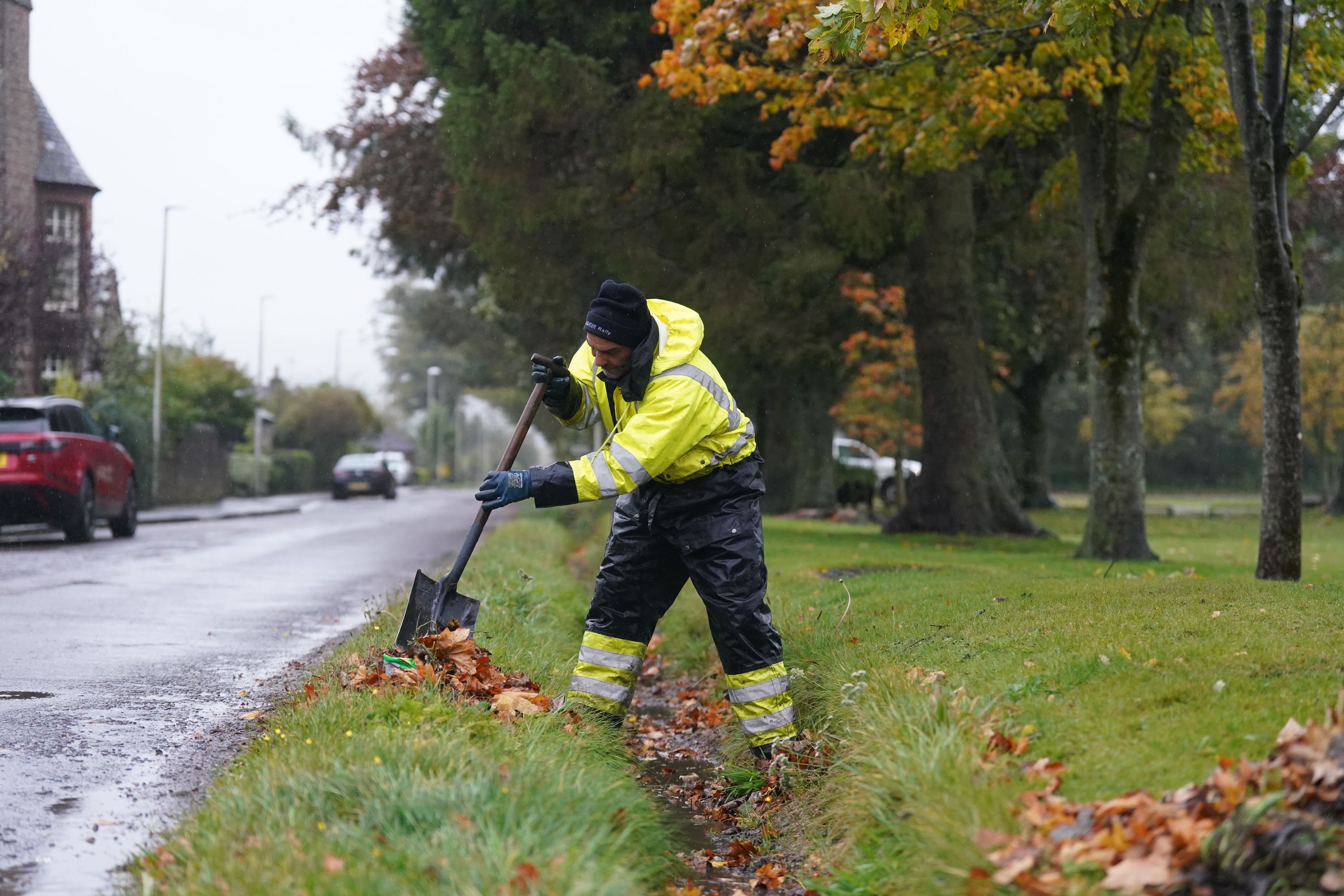As Met Office warns of Storm Babet ‘dangers’, how to prep your home and garden for strong winds and rain
It’s all about damage limitation

Your support helps us to tell the story
From reproductive rights to climate change to Big Tech, The Independent is on the ground when the story is developing. Whether it's investigating the financials of Elon Musk's pro-Trump PAC or producing our latest documentary, 'The A Word', which shines a light on the American women fighting for reproductive rights, we know how important it is to parse out the facts from the messaging.
At such a critical moment in US history, we need reporters on the ground. Your donation allows us to keep sending journalists to speak to both sides of the story.
The Independent is trusted by Americans across the entire political spectrum. And unlike many other quality news outlets, we choose not to lock Americans out of our reporting and analysis with paywalls. We believe quality journalism should be available to everyone, paid for by those who can afford it.
Your support makes all the difference.The Met Office has issues a rare red warning to prepare for the impact of Storm Babet, which has already hit Ireland and caused severe flooding.
This is the first red warning that has been issued for rain in the UK since Storm Dennis in 2020.
Babet is expected to bring over one month’s worth of rain, 70mph gusts, extensive road closures and “danger to life from fast-flowing or deep floodwater” in Aberdeenshire and Angus, in eastern Scotland, according to the Met Office.
Met Office forecaster Greg Dewhurst said: “We’re going to see prolonged heavy rain, where we could see 200-250 millimetres of rain falling within a day which is well over a month’s worth of rainfall for eastern parts of Scotland.
“We’re likely to see flooding, power disruption, travel disruption, there is a risk to life as well.
“There’s also an amber wind warning out for eastern parts of Scotland, where we could see gusts of 60-70 miles an hour, just adding to the extremely dangerous weather coming for parts of Scotland.”
Concerned about the possible impact of storms on your property? If you live in a very high risk area, always check local advice and warnings. And these measures can help prepare your home and garden for storms…
Seal windows and doors“Make sure that every window and door is securely closed,” said Mike Storey, from UK Flat Roofing and Insulation Specialists. “Rain and wind can enter your home through leaks, resulting in water damage and jeopardising the structural integrity of your building.
“To stop draughts and water penetration, seal any gaps or cracks around windows and doors with weather stripping or caulk.”
If you live in a region where severe storms are predicted, Storey suggests installing “storm shutters or impact-resistant windows to guard against flying objects and high winds”.
Check drains and gutters
To strengthen your home’s resistance to severe weather, checking your drains and gutters is essential.
“Make sure there are no twigs, leaves, or debris in your gutters and downspouts. When it rains heavily, clogged gutters can cause water to overflow and damage your home’s exterior, foundation, or basement,” Storey said. “Check your gutters for leaks or damage. To guarantee appropriate drainage and stop water from entering your home, fix or replace them as needed.”
Stock up on sandbags
Having course or sharp sandbags instead of fine sand bags could help redirect water from your home, according to Leigh Barnes, retail sales manager at Jacksons Fencing.
“This type of sandbags, which absorbs water better instead of getting clogged up, should be placed particularly around entrance ways and ground level patio doors, where natural foot traffic will be coming through,” Barnes said.
However, property flood resilience champion Mary Long-Dhonau (floodmary.com), who has experienced her own home being flooded, believes there are better options than sandbags.
She said: “Flood sacks outside your front door are a good alternative. They are like nappies for giants that can absorb up to 21 litres of water.
“If you want to slow down the ingress of water into your home, you can also use some gaffer tape. Everyone has wood laying around too, so cutting a piece and putting them around your door frame using silicone sealant that dries very quickly, can get the job done too,” she added.Pack important things away“When my home was flooded, I lost so many important things, including the drawings my children use to make in their playgroups. So I would advise packing all those type of things away in plastic boxes in your loft, but if you are in a bungalow, on higher shelves,” said Long-Dhonau.
“You can also put your table legs in wellington boots or milk bottles to keep them in place, and then put your belongings on top of that. Empty all kitchen cupboards too and take everything upstairs. If you have rugs, roll them up. Children’s toys, photographs, pack them all away.”
Secure shed doors and garden furniture
If you have space and a secure shed, safely pack away items in your garden that could potentially be swept away by flood water or carried off in strong winds – which can be very dangerous. Barnes also suggests tying things to trees with a thick rope. Soft garden furniture like cushions can be taken indoors.“You can also aerate your lawns or use a garden fork to poke holes to help with water drainage,” Barnes added.


